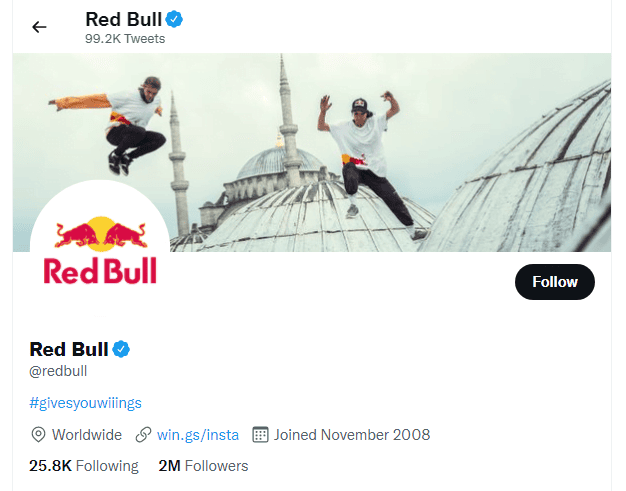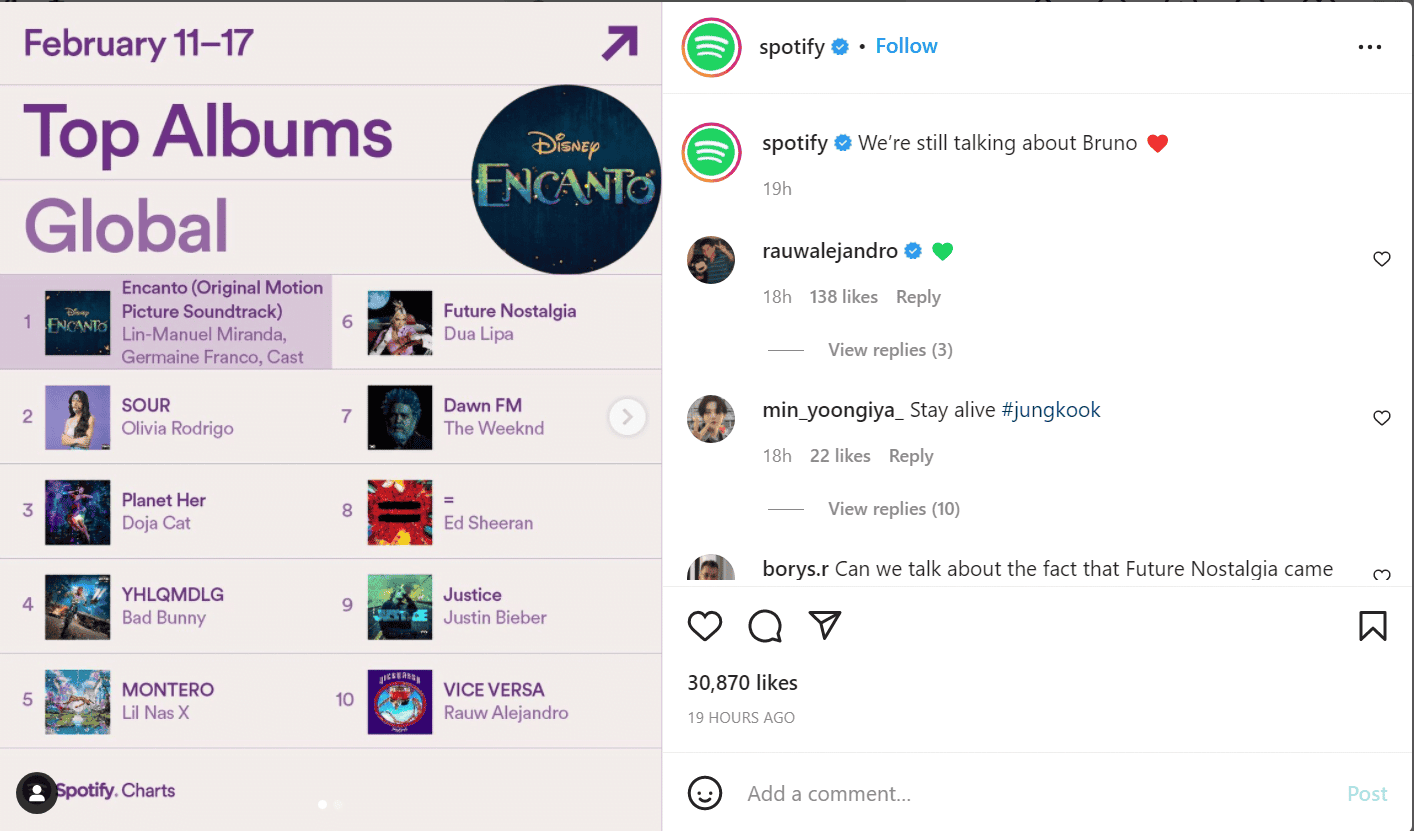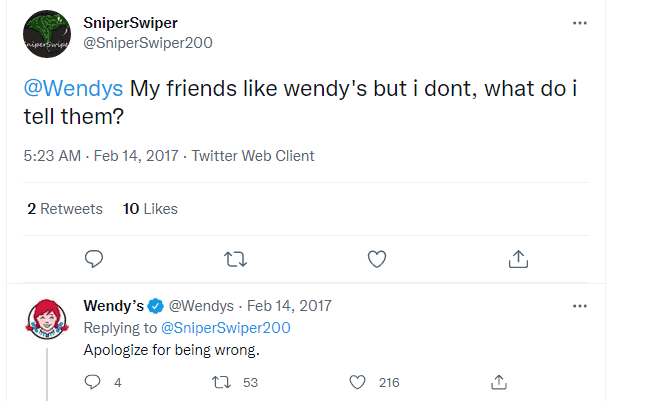If you are looking to succeed on social media, you need the right tools for content creation. It should start by putting together a social media style guide.
This is a rulebook covering the vital elements that create the look and feel for your brands, such as logos, colours, tone of voice, and details to help run your social media content smoothly.
[playht_player width=”100%” height=”175″ voice=”Mark”]
Because more often, branding fails when miscommunication happens among the team, and they cannot deliver promises to their audiences or customers.
That’s why having a social media style guide is necessary for better internal communications and making sure your brand communication meets your marketing goals. But that’s not all.
The importance of having a style guide
The top brands on Twitter, Instagram, Facebook or LinkedIn are all likely to have a great style guide in place aimed at building branding and marketing success.
For one, a style guide provides a clear direction for managing content on multiple channels and ensuring that all communication aligns with the brand’s positioning, core values, promises, and customer experience to make up its identity.
This is important to create brand awareness and build trust, which is vital for all businesses as nearly 35% of consumers base their purchasing decisions on brand trust.
It’s also important even if you work alone. Cause having a guide for typography, spacing, tone of voice, and social media style elements will simply speed up your design process.
Now that you understand how you can benefit from having a social media style guide, the next step is creating one. Here we have a few questions to help you get started.
1. What is your social media goal?
Creating a social media presence may seem necessary for any business these days. But still, it is essential to start with why and discover the goal for your social media account.
There is no one answer to your objectives, but understanding what you want to achieve through social media can help define your marketing strategy.
It can be anything, whether it is building awareness for a product, driving traffic and generating leads, or simply being heard in a competitive market.
Knowing your social media marketing goal will give your team an idea of what content to create or what call-to-actions to use on your messaging.
Plus, you can take it further by integrating your brand’s mission. For example, let’s look at Red Bull’s social media.

One of the best selling energy drinks in the world, Red Bull is hugely successful with its social media platforms. The brand has more than 47 million Facebook fans, 15.4 million Instagram followers, and 2 million followers on Twitter.
This is because Red Bull’s social media strategy is not about its drink. It is about their mission of “giving wings to people” and creating a community of adventure and sports lovers.
2. Who are your audience personas?
Sit down with the team and discuss who your target audiences are? Because this is essential to know who you are speaking to when creating your content.
Defining a persona means building a detailed description of your ideal audience based on user research and analysing industry data.
Give them a name, demographic details, characteristics, and even a routine of their day-to-day life. It is easy to get lost in the details, but you want to find out how you can relate to them through their pain points and motivations behind purchasing decisions.
Keeping your buyer personas in your style guide will help your social media team stay focused on addressing your target audiences and their priorities. This also helps humanise brand messaging and reach audiences more personally.
Naturally, you will build a bond with your audiences and make them remember your brand. One example of a successful brand that knows who they are designing for is Spotify.
At a glance, their music app may be suitable for almost everyone. But the brand uses personas to personalise its product, design, and content that targets different categories of listeners. You can see this in their social media content as they speak to what their audience cares about.

3. What is your brand identity?
Your social media brand is more than just colours and logos. Users are curious about your story and want to know who they are buying from.
This applies no matter if you are an individual or organisation. Brands stand out only when they have a personality and can position themselves in the marketplace.
So share your brand story and identity in your style guide. Let your team know the brand’s stance on social issues like LGBTQ+ or Black Lives Matter.
Most importantly, your mission and core values should drive your social content direction and establish something that truly represents you.
As an example, take a look at Google. Its mission of organising the world’s information can be seen influencing its content throughout all its social media platforms, including YouTube with its Google – Year in Search series.

4. What are your design guidelines?
Building a memorable social media brand is all about design consistency. The best brands are instantly recognisable with their presence associated with a logo, fonts, or colour.
Think Netflix’s iconic N typography or Slack’s hashtag logo — and you’ll get the idea.
However, branding is not just about repetition. It is about building the details that will create a consistent tone of voice and clear visual identity across every touchpoint.
To set up a comprehensive style guide, here are some elements you must include:
Logo guidelines
Your team may know what the logo looks like, but do they understand the different contexts on when they should use the logo? Should they include it as a trademark on images?
What happens when your logo doesn’t work well as a square image? Include a section in your brand style to cover logo usage and show visual examples of approved logos and situations.

Visual and colour schemes
What types of visuals should you post on social media? Photos, screenshots or illustrations? Create a consistent visual look by outlining the feel for your brand.
Define the go-to colour schemes, border spacings, and necessary elements when creating a visual for your social media post.
Typograpghy, size, and spacing
Typography is another design element you should seriously consider when defining your style since different fonts can influence your audience’s perception.
For example, Serif fonts like Times New Roman can convey a sense of age-long classic, while Sans-serif fonts like Product Sans can evoke a sense of modern minimalism.
5. What is your tone of voice?
We all know what communication from Apple looks like, right? It is concise and minimalistic. To connect with your audience, you need to have a clearly defined brand voice.
Though you may have a team of people running your social media accounts simultaneously, all team members should talk and write about your brand in a similar way.
Be it tweets, emails, comments, or Instagram captions, setting down some brand language rules in your style guide can help consolidate your brand image and tone of voice.
Here is a quick list of what your social media style guide should include:
- Brand name and language – Is it YouTube or Youtube? If anything, your business and product names should be the same on every platform. Ensure that everyone in the company knows the correct brand language’s spelling and capitalisation.
- Spelling and grammar – Is your brand going to be strict with spelling? Do you have a comma before “and” in a list like you, me, and them? Are you using British or American spelling? There’s no right or wrong, but it is a matter of style and consistency.
- Date and time conventions – Hyphens or spelt out, set a standard way to express date and time formats. Make it a habit to include your timezone if you deal with an international audience.
- Jargon, slang, and acronyms – Make a list of vocabulary, slang, and acronyms suitable for social channels. It may vary depending on your industry and target audience, but generally, we recommend that it is better to stick with plain language that most of your audience can understand.
- Tone of voice – Some brands are approachable on social media, while others are more formal and professional. No matter which approach you take, make sure it is consistent and connect with your audiences.
You can always set up clear copywriting rules, like “always be friendly, but avoid using slang”, and include example sentences to help your team understand better.
A quick tip for finding the right tone of voice is analysing your competitors and audience. After all, you want to speak in your target audience’s language while avoiding sounding like your competitor.
6. Which social platform is your brand on?
Another thing to consider for your social media style guide is to let your team know your brand’s social media platforms and the content they should create.
Not all your social platforms may be for lead generation. For instance, you may be on Facebook for advertising while posting LinkedIn content to build brand partnerships or recruitment.
Understanding the role of each social network and its strengths will allow your team to create more purposeful content and synergise them to meet your marketing goals.
7. How frequently do you post?
Frequency is another crucial aspect of consistency. It represents your brand’s promise to your audience and sets an expectation for when your content drops.
It’s easy to write off social media frequency as “it depends”. But having a fixed social posting frequency in your style guide will let your team have clear goals and allow them to better plan their content marketing.
8. What are your social media best practices?
Building a compelling brand on different social networks like Twitter, Facebook, Instagram, LinkedIn, Pinterest, and YouTube is challenging.
Different types of content work well with different platforms. Twitter is good for creating brand awareness using hashtags, while tutorial content is more suitable to be uploaded as a video on YouTube.
Though teams can experiment to see what works best for their brand on each platform, knowing your social media strategy and best practices can help your team spend less time in production.
Telling them matching colours to use with your logo, websites to find suitable stock photos, and best practices to create catchy titles can help facilitate your social content production process.
Additionally, universal social media best practices and other regulations can also help provide a cohesive branding regardless of platforms. For instance, using the 80-20 content rule for all your social networks will guide the ratio for creating educational and promotional content.
9. How do you respond to comments?
When posting on social media, you open up doors for people to say whatever they want. Sometimes, these comments can be negative.
At the same time, brands need to tune in to their audience’s conversation. Through listening to your subscribers, brands can get valuable insight into the behaviours of their target audience in real-time and adjust their social media marketing strategy accordingly.
Besides, replying to a comment is your chance to connect with users and develop a long-lasting relationship. Wendy’s is at the top of its game when it comes to some memorable responses to customers’ comments.
In fact, the fast-food brand showcases its personality with many sassy and funny remarks just like this one.

Though you may not have as much sass as Wendy’s. Generally, brands should be authentic and prioritise every customer interaction.
No matter how trivial, every interaction is an opportunity to build a better relationship with the customer and reinforce yourself as a brand that cares.
Now that you know how to create a social media style guide
A social media style guide aims to bring your brand clarity, efficiency, and consistency across all social platforms. It is a living document and should constantly be reevaluated and updated to track what works.
You will know it is successful when your team knows what to post, who to post for, and when. To start, always visit these nine questions to ensure consistency.


